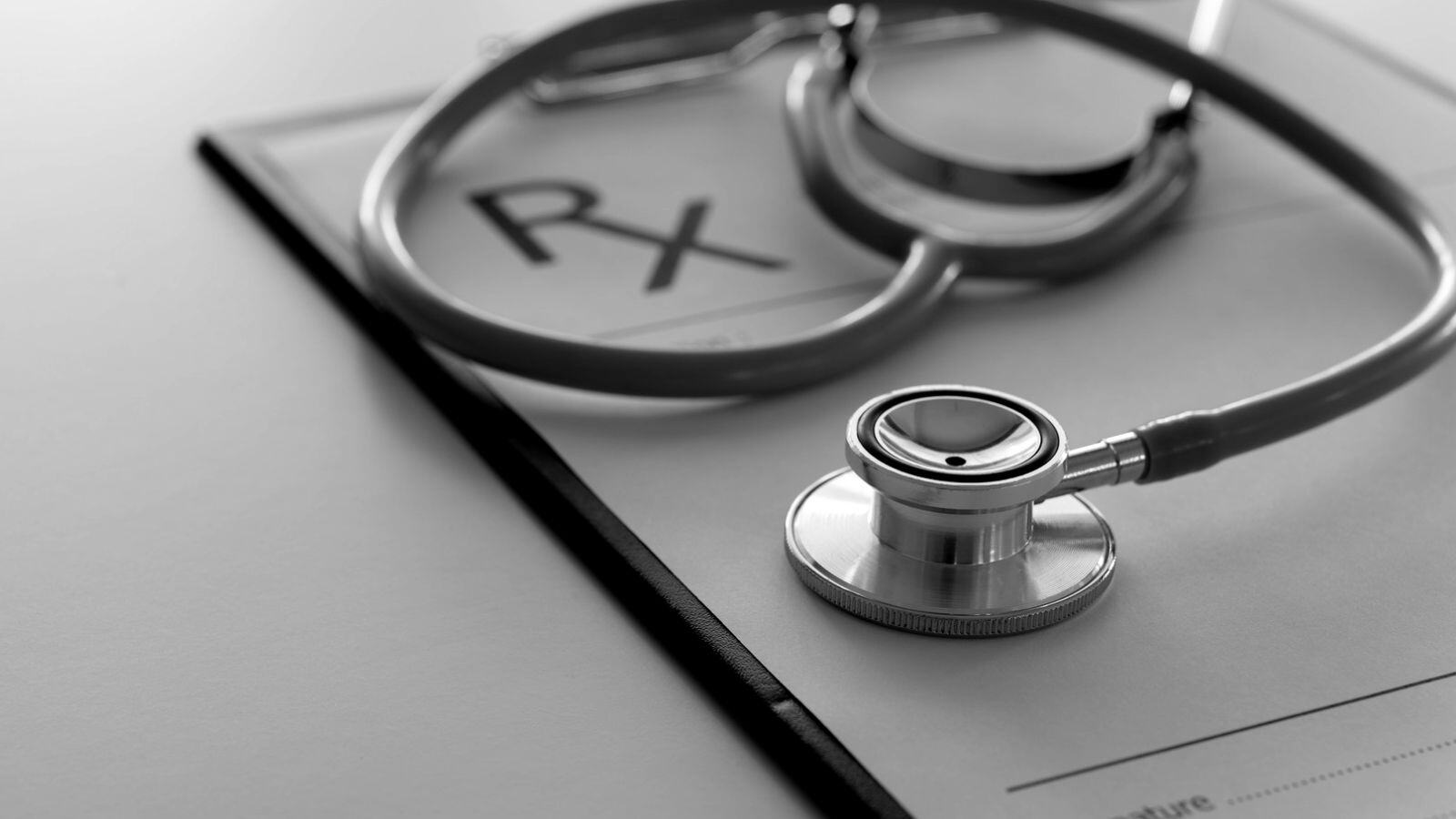Clinical evaluation of a medical device – defined as an ongoing collection, generation, appraisal, and analysis of clinical data related to your device – is central to obtaining and retaining a CE mark. The output of the clinical evaluation process is documented in the clinical evaluation report (CER).
The CER contains credible clinical evidence for the safety, performance, and usability of your device and shows that your device performs as intended without exposure to unacceptable risks to both users and patients. This document should comply with strict regulatory guidelines (MDR 2017/745 and MEDDEV 2.7/1 version 4).
Do you want to have an overview of the requirements to compile a CER? In this blog post, you will learn more about its content, common gaps, and hurdles to take.
What is a Clinical Evaluation Report (CER)?
In the MDR, no specifications on the CER table of contents are given, however, guidance on the CER outline is provided in Appendix A9 of MEDDEV 2.7/1 Rev 4.
Outline of your CER: state-of-the-art and clinical data analysis
The body of the CER consists of a description of the state-of-the-art on the one hand and a comprehensive analysis of preclinical data and pre- and post-market clinical data relevant to your device on the other hand.
All data sets should be documented, adequately analyzed, appraised, summarized, and referenced in the CER.
1. Clinical Evaluation Report – State-of-the-art
The state-of-the-art provides the clinical background and identifies the current knowledge in the respective medical field.
This section of the CER also aims to identify safety and performance endpoints and potential clinical hazards and to justify the validity of potential surrogate endpoints for the device under evaluation.
In MDR 2017/745 and MEDDEV 2.7/1 rev. 4, state-of-the-art is referred to frequently but not defined. MDCG-2020-6 ‘Clinical Evidence for Legacy Devices’ uses the definition provided by the International Medical Device Regulators Forum (IMDRF) as follows:
‘Developed stage of current technical capability and/or accepted clinical practice in regard to products, processes, and patient management, based on the relevant consolidated findings of science, technology, and experience.’
MDCG-2020-6 further notes that:
The state-of-the-art embodies what is currently and generally accepted as good practice in technology and medicine. The state-of-the-art does not necessarily imply the most technologically advanced solution.
MEDDEV 2.7/1 rev. 4 appendix A9 explains the content of the state-of-the-art section in the CER. State-of-the-art defines the medical condition or disease, epidemiology, pathology, and patient population being treated.
It also describes the available treatment options including currently approved benchmark devices with their respective safety and performance profile (advantages and disadvantages), historical context, and unmet medical needs.
The device under evaluation should be compared to benchmark devices, and its risks and clinical benefits are discussed in light of the existing therapeutic options and/or available devices. State-of-the-art assessment defines the safety and performance, and benefit-risk acceptability criteria for the device under evaluation. With the new MDR, effective from May 2021, increased scrutiny towards alternative treatment methods for the same indication(s) is to be expected.
To establish the state-of-the-art, safety and performance of benchmark/similar devices, an in-depth literature review has to be performed, which needs to be documented in the literature search plan and report, two essential documents inextricably intertwined with the CER.
Hereto, various sources can be used among which (systematic) reviews, professional society guidelines, metanalyses, and clinical studies on benchmark devices are commonly employed.
Comprehensive, objective and thorough literature searches to identify all relevant favorable and unfavorable data follow strict requirements as per MDR and MEDDEV 2.7/1 Rev. 4.
The literature review starts with the development of a literature review plan or protocol that specifies the background and scope of the literature review as well as the methods for identification, selection, and appraisal of the relevant publications to address the literature review questions.
The search strategy, as well as screening and appraisal criteria, should be sufficiently detailed and justified so that the literature search is transparent and reproducible, particularly important when updates are to be performed.
To search for and screen relevant peer-reviewed clinical data, at least 2 scientific literature databases (e.g., MEDLINE and EMBASE) should be applied.
Clinical safety and performance data extracted from publications are subject to appraisal and analysis and should be summarized, preferentially using in-text summary tables.
The output of the literature search and review is described and summarized in the literature review report that contains a review of the current knowledge/state-of-the-art and the retrieved clinical safety and performance data on benchmark devices and/or the equivalent device (if claimed).
The ultimate intention of a literature review is to draw firm conclusions on the safety, performance, clinical benefit, and benefit-risk profile as well as on the acceptability of undesirable side-effects for your device.
Cross-check if the clinical literature supports the IFU as well as the output of any clinical investigations and PMS. Last but not least, ensure that the literature review plan is aligned to the CEP and IFU to avoid inconsistency between these crucial documents and non-compliance with the MDR.
Poor literature search strategies and methods are a common ‘gap’ in CERs. Inappropriate database selection, inadequate search terms, lack of justification for in- and exclusion criteria, state-of-the-art assessment, and weighing of clinical data lead to non-compliance and jeopardize CE marking of your medical device.
Keep in mind that a well-developed literature review protocol can be easily repeated and will save you a lot of time when updating the CER.
2. Clinical Evaluation Report – Equivalence
Theoretically, a clinical evaluation may be based on clinical data relating to a device for which equivalence to the device in question can be demonstrated.
To this end, technical, biological, and clinical characteristics have to be similar to the extent that there would be no clinically significant difference in the safety and clinical performance of the device (MDR Annex XIV Part A), with proper scientific justification for any differences between both devices.
Historically, CE certification under the Medical Device Directive 93/42 EEC (MDD) was often based on device equivalence. However, under MDR the requirements for equivalence justification are substantially tightened as manufacturers must have sufficient levels of access to the technical documentation relating to devices with which they are claiming equivalence.
On top of that, the clinical evaluation of the equivalent device must be performed in compliance with MDR requirements, thus certified under MDR, and, for class III and implantable devices, a contract between the two manufacturers should be in place allowing full access to the technical documentation on an ongoing basis. Obviously, the equivalence route to market is almost completely extinguished.
Nevertheless, for those rather exceptional cases where the equivalence route is performed e.g., by using the manufacturer’s own devices MDCG 2020-5 covers equivalence in clinical evaluation.
This document is a guide for the equivalence assessment of the device and further defines the process for demonstrating equivalence. A template table for the demonstration of equivalence is also provided.
3. Clinical Evaluation Report – Pre-clinical data
Pre-clinical data of a medical device is held by the manufacturer and generated from bench testing and animal studies.
These studies are detailed in a pre-clinical evaluation report as part of the technical file. In the CER, analysis and appraisal of pre-clinical data are summarized.
4. Clinical Evaluation Report – Clinical data
For initial conformity assessment under MDR (to obtain the first CE mark), clinical data generated by the manufacturer typically covers pre-market investigations.
For CE renewal, and thus continuous clinical evaluation of your device, clinical data from risk management activities and Post Market Surveillance (PMS) such as Post-Market Clinical Follow-up (PMCF) studies (PMCF clinical investigations, scientific literature on the device under evaluation, registries, cohort data, etc.), incident reports and complaints are also considered for clinical evaluation.
Pre-market clinical investigations
To assess conformity with the General Safety and Performance Requirements and benefit-risk acceptability criteria, as established in the state-of-the-art section of the CER, data from pre-market clinical investigations should be analyzed, appraised, and summarized in the CER. Typically, pre-market investigations have prespecified safety and performance endpoints and appropriate statistical analysis is employed.
As per MDR 2017/745 Annex XV Clinical Investigations and ISO 14155:2020, the design and conduct of a clinical investigation is described in a clinical investigation plan (CIP) and results are compiled in a clinical investigation report (CIR).
Clinical investigations, required to show that your device is safe and performs as intended, are planned and documented in the clinical development plan.
This document is closely tied with the CEP and CER and sets forth the clinical development strategy. To obtain a CE mark for your device, carefully consider the type of clinical investigation, if any required, and appropriately select relevant and feasible safety and performance endpoints.
Under MDR, clinical investigations are mandatory for class III medical devices, except if equivalence can be claimed to the marketed device, and required for all device classifications when knowledge gaps can’t be filled by pre-clinical, PMS, or literature data.
PMS and PMCF – clinical post-market data
A strong focus on the post-market phase is a major change under MDR. A comprehensive PMS system should be in place to proactively and systematically collect and review post-market data of your device, implemented in your quality management system, and set out in a PMS plan.
PMCF activities, complaints, and device vigilance are all part of PMS data. PMCF activities include a scientific literature search on the device under evaluation. After being placed on the market, and thus for continuous post-market clinical evaluation of your device, a literature search focused on your device (and/or equivalent device if equivalence is claimed) is required to identify, analyze and appraise all published clinical safety, performance and usability data pertaining to your medical device.
Other PMCF activities include PMCF and/or extended clinical investigations, registries, cohort studies, and feedback from users. Clinical data on the device under evaluation retrieved from PMCF further support the clinical evaluation of your device with the ultimate goal to confirm its post-market safety and performance.
Results of the PMS evaluation, in particular of the PMCF activities, are presented in a PMS Report for Class I or PSUR for Class IIa, IIb, and III devices of which a summary is included in the PMS section of the CER update.
5. Clinical Evaluation Report – Risk assessment
Risk analysis of your device is part of the QMS and documented in the risk management plan and report. In the CER, identified clinical data regarding safety and risks should be analyzed and summarized, and compared to the existing risk analysis documents of your device.
If new risks have been identified, these are to be fed into the risk management process for analysis. It’s important to discuss residual risks and any undesirable side effects as well as how risks will be mitigated (e.g., training, labeling, product design).
In addition, the clinical benefit(s) should be set out clearly under MDR and be consistent with product claims in the IFU. Clinical benefits are objective and supported by data presented in the clinical evaluation of your device.
The benefit-risk profile is an important aspect of the conclusion of the CER documents. Evaluation, quantification, and discussion of benefits and risks are key.
To wrap up, the CER aims to confirm that your medical device does not compromise the clinical condition or the safety and health when used as intended and that the benefit-risk profile is acceptable according to State-of-the-art for each of the indications claimed.
CER: common gaps and hurdles to take
Increased scrutiny of the clinical data on your medical device is a reality under the new MDR. To help you manage the clinical evaluation of your device, we highlight common pitfalls and hurdles to take:
1. Poor literature review
Under MDR and MEDDEV 2.7/1 Rev. 4, strict obligations have been put in place, especially with regards to literature reviews. Literature searches and analyses often have major deficiencies to these new requirements.
Robust and reproducible systematic literature searches and search strategies are compulsory which is challenging and requires professional skills. An organized and highly skilled researcher or evaluator proficient in medical writing and with a medical and regulatory background in medical devices is essential to execute a dedicated strategy for literature screening, selection, appraisal, and analysis.
2. Missing critical documents related to the CER
Documents closely linked with the CER such as the CEP, PMS, and PMCF plans as well as the literature review plan and report are often missing.
Keep track of all required documents related to the clinical evaluation of your device and make sure that all are in place for initial CE submission.
3. Inconsistency between essential documents
A common flaw is an inconsistency between information materials (IFU, user manual) and the clinical evaluation documentation, particularly with regard to the device claims.
Ensure that all documents for CE submission are aligned with respect to intended use, indication(s), and patient population as well as to safety, performance, and clinical benefit claims.
4. Input from diverse expert teams
Preparation and the actual writing of the CER is often a dedicated task of a medical regulatory writer.
However, the input, feedback, advice, and oversight of a multi-disciplinary team of experts with a diverse set of skills and backgrounds is a prerequisite to conduct and document the clinical evaluation of your medical device according to the high standards of the current regulations and requirements.
Although working with a cross-functional team can be quite challenging, close collaboration with different experts is central to getting the clinical documentation ready at a fast pace.
Take advantage of the multi-disciplinary expertise of QbD and TRIUM to speed up and deliver an MDR-compliant clinical evaluation in an efficient way.
5. Templates compliant to MDR and MEDDEV 2.7/1 rev 4
For start-up companies aiming to get their medical device certified the preparation of the CEP and CER and its associated clinical documents might be a daunting task.
To get CE approval, essential documents should comply with the applicable regulations, however, templates for the documentation of the clinical evaluation and systematic literature compliant to MDR and MEDDEV 2.7/1 rev 4 are not readily available from official EU sources.
Conclusion
The CER is an essential document of the dossier to be submitted to the Notified Body to obtain or retain your CE mark. It contains clinical safety, performance, and usability data pertaining to your device, in comparison with state-of-the-art treatments (or competitor devices).
The clinical data in the CER should support the compliance of your device with the General Safety and Performance Requirements and the benefit-risk acceptability criteria.
Writing a clinical evaluation report is a challenging task that requires expert knowledge and intensive collaboration between clinical affairs, R&D, regulatory affairs, quality, and marketing departments.
Need a partner to create your CER?
At QbD Clinical, we offer knowledge-based expertise to help you create your clinical strategy and plan and document the clinical evaluation process throughout your medical device journey – from start to finish.
To speed up the preparation of required documentation and ensure high-quality deliverables, a team of regulatory affairs specialists, literature review experts, medical writers, medical advisors, and project managers work closely together.
Our services at a glance:
- Gap analysis of clinical evaluation documents CEP and CER
- Systematic literature reviews – literature review plan and report
- Regulatory Medical Writing – CEP, CER, PMS plan and report, PMCF plan and report, PSUR
- Clinical medical writing – CIP and CIR
- Advise in clinical strategy
- Operational management of pre-and post-market clinical investigations







.png?width=109&height=108&name=Pharma%20(2).png)
.png?width=111&height=108&name=Medical%20Devices%20(2).png)
.png?width=84&height=107&name=IVD%20(2).png)












.jpg)



